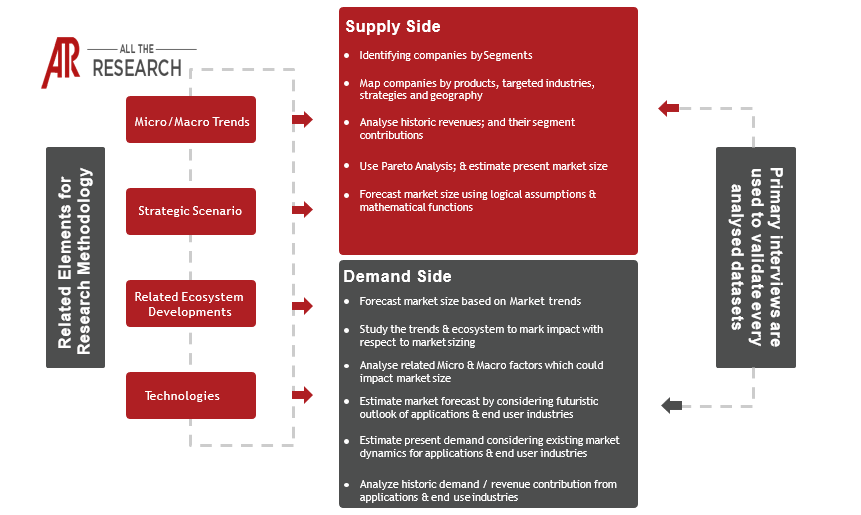Blockchain in Intellectual Property (IP) Market: A Comprehensive Overview
The Blockchain in Intellectual Property (IP) market is poised for significant growth in the coming years, driven by the increasing need for secure, transparent, and efficient IP management solutions. Leveraging the inherent characteristics of blockchain technology, this market promises to revolutionize how IP assets are created, protected, licensed, and traded. This report analyzes the current market landscape, identifies key drivers and challenges, and forecasts future growth trends, offering valuable insights for stakeholders seeking to capitalize on this emerging opportunity.
While precise CAGR figures vary across sources and depend on the forecast period, projections generally indicate a robust growth rate. Industry analysis suggests a CAGR ranging from 25% to 40% over the next 5-7 years. This rapid expansion reflects the growing awareness and adoption of blockchain technology across various industries, coupled with the escalating importance of IP in the digital age.
Key Market Drivers:
Several factors are fueling the adoption of blockchain in the IP market:
- Enhanced Security and Transparency: Blockchain's decentralized and immutable nature provides unparalleled security for IP assets. Its transparent ledger system allows for verifiable tracking of ownership and usage rights, minimizing the risk of infringement and counterfeiting.
- Improved IP Management Efficiency: Blockchain streamlines IP registration, licensing, and royalty management processes, reducing administrative overhead and transaction costs. Smart contracts, a core feature of blockchain, automate licensing agreements and royalty payments, ensuring compliance and efficiency.
- Combating IP Infringement: Blockchain's ability to track IP provenance and usage helps combat counterfeiting and piracy, particularly in industries such as pharmaceuticals, fashion, and media.
- Increased Demand for Digital Asset Management: As digital assets proliferate, the need for robust IP management solutions increases. Blockchain provides a secure and efficient platform for managing digital IP assets such as software code, digital art, and multimedia content.
- Growing Awareness and Education: Increased awareness and education regarding the benefits of blockchain technology are driving its adoption across various industries, including the IP sector.
Key Challenges:
Despite its immense potential, the Blockchain in IP market faces several challenges:
- Regulatory Uncertainty: The regulatory landscape surrounding blockchain technology is still evolving, which creates uncertainty and hesitation for some businesses.
- Scalability Concerns: Some blockchain platforms face scalability limitations, which can hinder their ability to handle large volumes of IP transactions.
- Lack of Interoperability: Different blockchain platforms are often incompatible, which can limit their usability and integration with existing IP management systems.
- High Implementation Costs: Implementing blockchain solutions can be expensive, particularly for smaller businesses.
- Data Privacy Concerns: Balancing the transparency of blockchain with the need to protect sensitive IP data is a key challenge.
- Limited Awareness and Understanding: The complexity of blockchain technology can make it difficult for some IP professionals to understand its potential benefits and how to implement it effectively.
Key Definitions:
- Intellectual Property (IP): Creations of the mind, such as inventions, literary and artistic works, designs, and symbols, names, and images used in commerce.
- Blockchain: A distributed, decentralized, public, and immutable ledger that records transactions across many computers.
- Smart Contracts: Self-executing contracts written in code that automatically enforce the terms of an agreement when specific conditions are met.
- IP Tokenization: Representing IP assets as digital tokens on a blockchain, enabling fractional ownership, easier transfer, and enhanced liquidity.
Regulatory Focus:
Governments worldwide are actively examining the regulatory implications of blockchain technology, including its impact on IP rights. Key areas of regulatory focus include:
- Clarifying the legal status of blockchain-based IP rights.
- Developing standards for blockchain interoperability.
- Addressing data privacy and security concerns.
- Combating the use of blockchain for IP infringement.
Major Players:
The Blockchain in IP market is populated by a mix of technology companies, IP law firms, and specialized blockchain startups. Some of the major players include:
- IBM
- Factom
- IPwe
- Ascribe
- Binded
- Blockai
- Po.et
Regional Trends:
- North America: Leading the way in blockchain adoption and innovation, with a strong focus on digital asset management and IP protection.
- Europe: Demonstrating growing interest in blockchain solutions for IP management, particularly in the creative industries.
- Asia-Pacific: Experiencing rapid growth in blockchain adoption, driven by government initiatives and increasing awareness of IP protection.
Trends within M&A, Fundraising, etc.:
The Blockchain in IP market is witnessing increasing M&A activity as larger companies seek to acquire blockchain expertise and IP management solutions. Fundraising rounds are also becoming more common, as startups attract investment to develop and scale their blockchain-based IP platforms. This indicates growing investor confidence in the long-term potential of the market.
In conclusion, the Blockchain in IP market is poised for significant growth in the coming years, driven by the increasing need for secure, transparent, and efficient IP management solutions. While challenges remain, the potential benefits of blockchain technology for IP protection and management are undeniable, making this a dynamic and promising market to watch.
The Report Segments the market to include:
1. By Type:
- Patents
- Copyright
- Trademarks
- Designs
- Others
2. By Application:
- IP Asset Management
- IP Licensing and Royalty Management
- IP Enforcement and Anti-Counterfeiting
- IP Valuation
- Others
3. By End-User:
- Media and Entertainment
- Healthcare and Pharmaceuticals
- Manufacturing
- Technology
- Retail
- Academia and Research
- Others
4. By Enterprise Size:
- Small and Medium-sized Enterprises (SMEs)
- Large Enterprises
5. By Deployment Model:
- Public Blockchain
- Private Blockchain
- Consortium Blockchain
- Hybrid Blockchain
6. By Region:
- North America
- Europe
- UK
- Germany
- France
- Italy
- Spain
- Rest of Europe
- Asia Pacific
- China
- India
- Japan
- South Korea
- Australia
- Rest of Asia Pacific
- Latin America
- Brazil
- Argentina
- Rest of Latin America
- Middle East and Africa
- GCC
- South Africa
- Rest of Middle East and Africa
Related Reports




